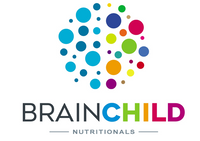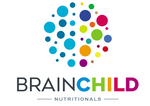BRAIN PATTERN DISTINCTION BETWEEN AUTISM AND ASPERGER’S

Asperger’s syndrome has recently been categorized as being part of the autism spectrum by the American Psychiatric Association (APA). However, it has been found that Asperger’s syndrome in children produces a very distinct brain connectivity pattern. This would suggest that there are distinct differences found between these two conditions.
Over 463 children who had autism spectrum disorder were part of a study done by neurologists at Boston Children’s Hospital.
The children tested ranged between the ages of 1 to 18 years of age. Neuronal signaling between diverse brain areas
The head of this study, Frank Duffy, explained to reporters “We looked at a group of 26 children with Asperger’s to see whether measures of brain connectivity would indicate they are part of the autism group, or if they stood separately.”

In children who had both
However, it was soon observed by researchers that there were other areas of the left hemisphere of the brain which showed connectivity differences. In children with Asperger’s there were several areas where connectivity was seen to be stronger than is found in other children. This included children with autism as well as those who were not diagnosed with either affliction.
Autism spectrum disorder is a neurodevelopment disorder which is categorized by its inability to send signals back and forth, language and social skills included. It will often appear with symptoms such as detached interests and behavior that is repetitive. Accompanying symptoms can also include hyperactivity, mood disorders, attention deficit disorder (ADD), sensory integration disorders, and gastrointestinal issues.
Duffy has suggested to reporters that these biological differences have a large impact on how the medical community will look

Duffy has stated that “It is essential to separate these two groups, because they need different education and training
In the May publication of the new DSM-V, the APA has reclassified Asperger’s syndrome as belonging to the newly named “autism spectrum disorder”.
Source: Duffy FH, Heidelise A. A Stable Pattern Of EEG Spectral Coherence Distinguishes Children With Autism From
**DISCLAIMER: These statements and articles have not been evaluated by the FDA. All of the content





